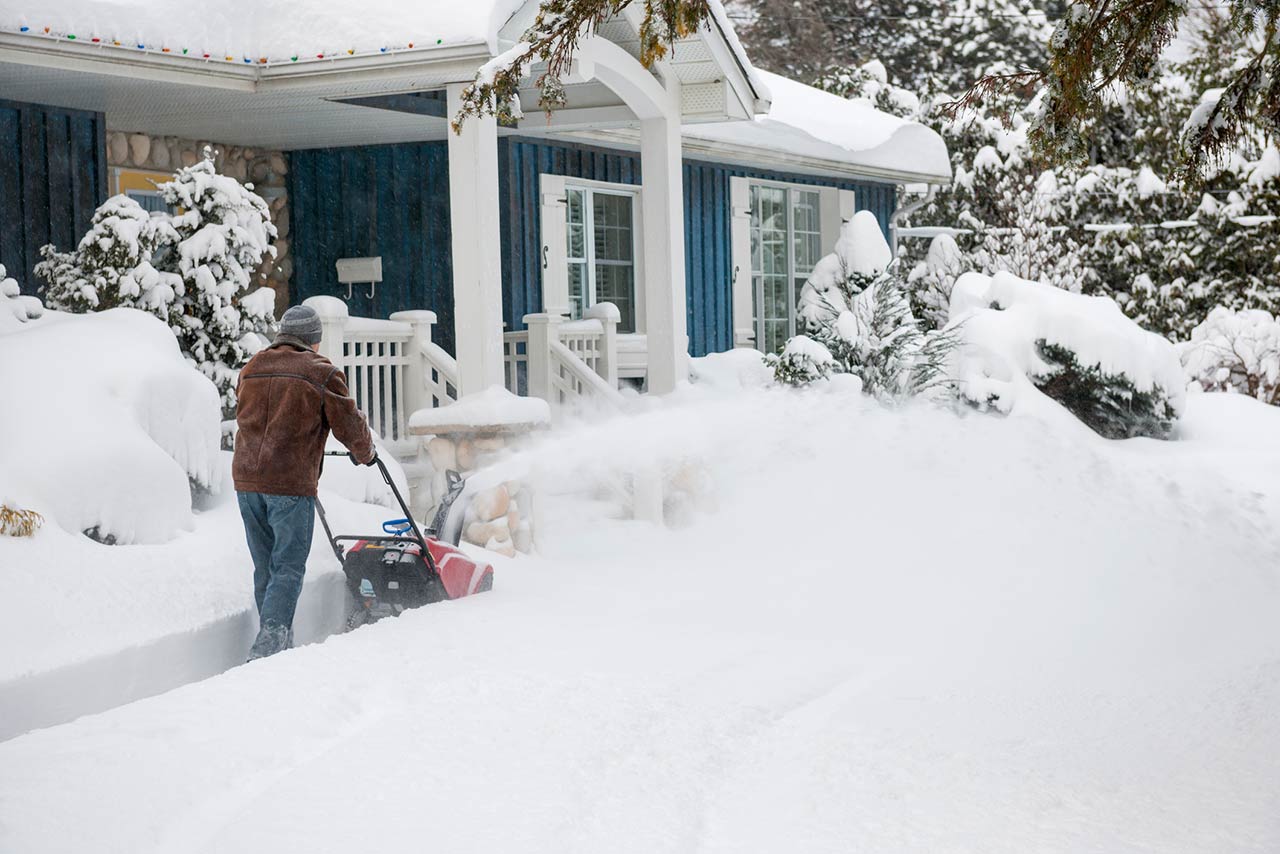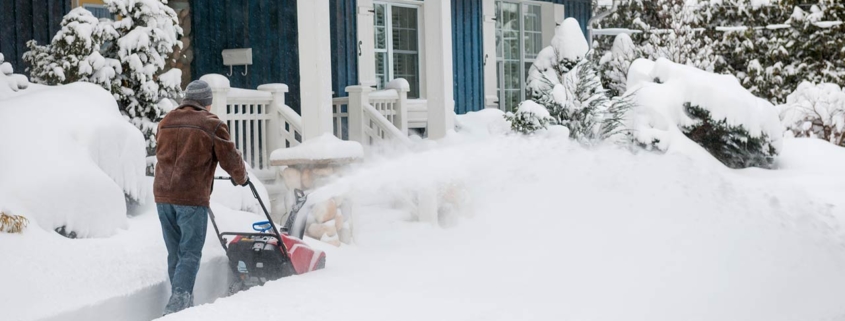Chicago Home and Lifestyles – Snow and Ice Control

We had our first big snow in Chicago this last month. We had 8 inches, with another 12 following less than a week later. Until then, the most snow we had was a couple of inches at best, which is easy to deal with. However, in Chicago, the recent snowfall can cause problems as our homes are close to each other, and we park in garages with alleys to deal with. Alleys do not get plowed as a rule, so four-wheel drive is advisable around here.
When blowing or shoveling, do pay attention to where you are putting the snow. It will melt eventually, and you do not want water flooding where it can refreeze and cause problems. You know how water flows around your house, so try to keep these paths as free of snow as possible. Water flows away from our home along the fence line along our back sidewalk. All the snow melting from the yard flows towards this sidewalk. We blow the snow away along the fence line and keep it salted. Keep the entire path of the water free of ice. Any melting that comes in the winter will inevitably freeze again, so keep it flowing away as much as possible.
Roof problems can be caused by ice damming. This happens when downspouts and gutters fill with frozen water and the ice forms and refreezes creeping up the roofline. This can cause roof damage. The best bet here is prevention. When you replace the roof, install ice sheathing. This is a rubber-like membrane that prevents leaks from ice damage. You can use a roof rake also. A roof rake extends to reach above the roofline to remove excess snow. The less snow there is the less water to do damage.
Snow can also weigh much more than you think. Only a few inches of snow can weigh hundreds of pounds. Of course, many home roofs are too high to rake, but even getting the snow off the top of the gutters can help with water flowing. Garages are the most in danger of roof collapse and the rake works excellent here. We had a collapse many years ago from snow and we are rakers ever since.
So, as usual, an ounce of prevention is worth a pound of cure. A few hours of making sure the snow will have a suitable melting path will save you a lot of headaches later. Usually, large snows will be followed by freezing weather, so be prepared.
KATHLEEN WEAVER-ZECH AND DEAN’S TEAM CHICAGO

